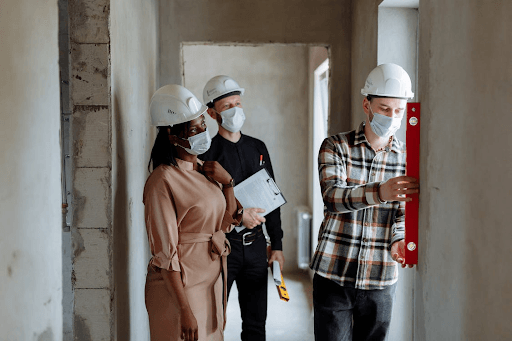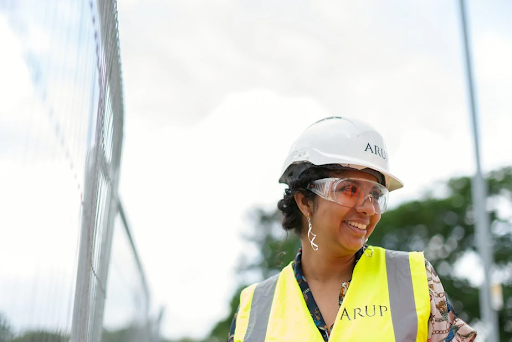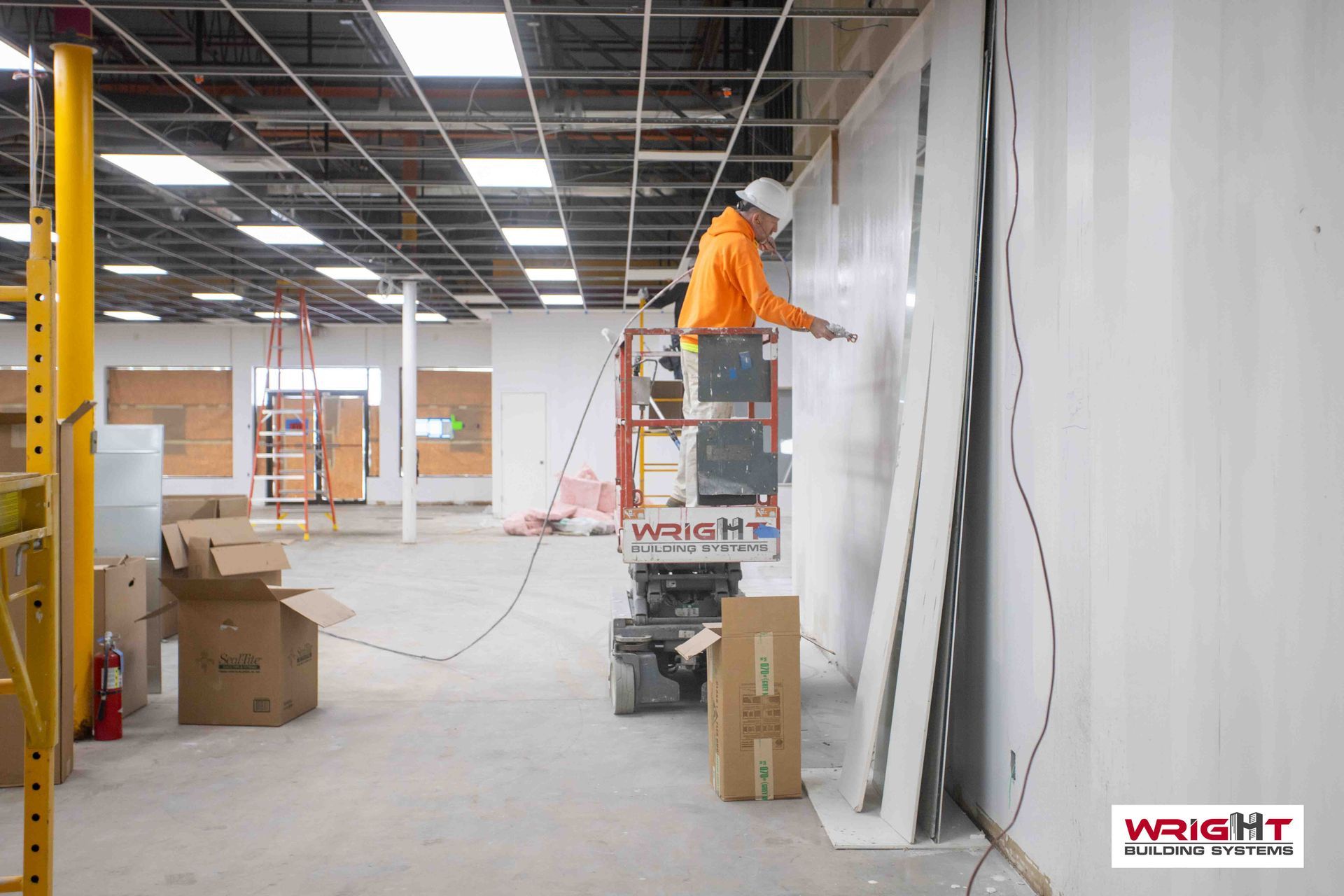Women In Construction

Although women only make up about 10% of the construction industry, their role in construction goes way back in history and is marked for plenty of growth in the future. The gender gap is closing, but it’s important to recognize that women have been supporting construction for centuries.
How It Started
The
first written record of women working construction jobs dates back to the Spanish city of Navarre in the 13th century when a group of female laborers were observed building wood and stone structures. Historians have noted other examples of skilled tradeswomen and laborers throughout the 17th century, but because women were largely prohibited from earning a wage, it’s believed that many of these examples were never recorded.
A new surge of women entering construction-related roles coincided with the Industrial Revolution. The new demand for labor helped move women into engineering and architecture jobs; one standout is Emily Warren Roebling – an engineer who directed the Brooklyn Bridge construction after her husband (the project manager) fell ill.

World War II was another global event that helped pave the way for more women to enter the construction industry. Women may have been unable to fight on the front lines, but they quickly took over jobs dominated by men with skillsets that included welding, heavy machine operation, and electrical engineering. When the men returned from war, women were fired from these jobs, and the gender gap deepened; this served to fuel the feminist movement of the 1960s that called for equality.
Workplace protection laws passed in the same decade created a more level playing field for women who wanted to pursue work in the construction industry. In 1979, Barbara Res became the first woman in America to oversee a construction project from groundbreaking to finish – the Trump Tower.
How It’s Going
These days, more women are getting STEM-related degrees, the gender pay gap in the construction industry is much smaller than average, and more women are pursuing professional careers in construction. However, women continue to primarily represent office roles in the industry (87%), while only 2.5% of construction tradespeople are women.
Because of this growth, more organizations and associations have been created to support women in these roles. One of the largest and most comprehensive is the National Association of Women in Construction (NAWIC) and Women Construction Owners & Executives USA, which provide mentorship, marketing, and networking opportunities.

Looking Forward
The best way to support women in construction is by choosing women contractors and vendors and women-owned construction businesses. Wright Building Systems is a woman-owned (WBE certification pending) and family-operated general contractor. We serve commercial and high-end residential clients in the Greater St. Louis Area.
Our specializations include commercial construction and renovation, high-security construction, and construction consulting. When you need a reliable general contractor to ensure your commercial construction project’s success, count on the WBS team. Our goal is to exceed your expectations on every level.
We carefully select highly-skilled employees committed to the WBS mission and understand the value of working with a woman-owned construction business. Plus, we only partner with subcontractors we know and trust. You'll know you are choosing the area’s best subcontractors to work on your construction project.
Our team brings years of hands-on construction and consulting experience to your business. We are experts in all aspects of a build, from estimation and pre-planning to successful completion.
Contact us today to learn more!



